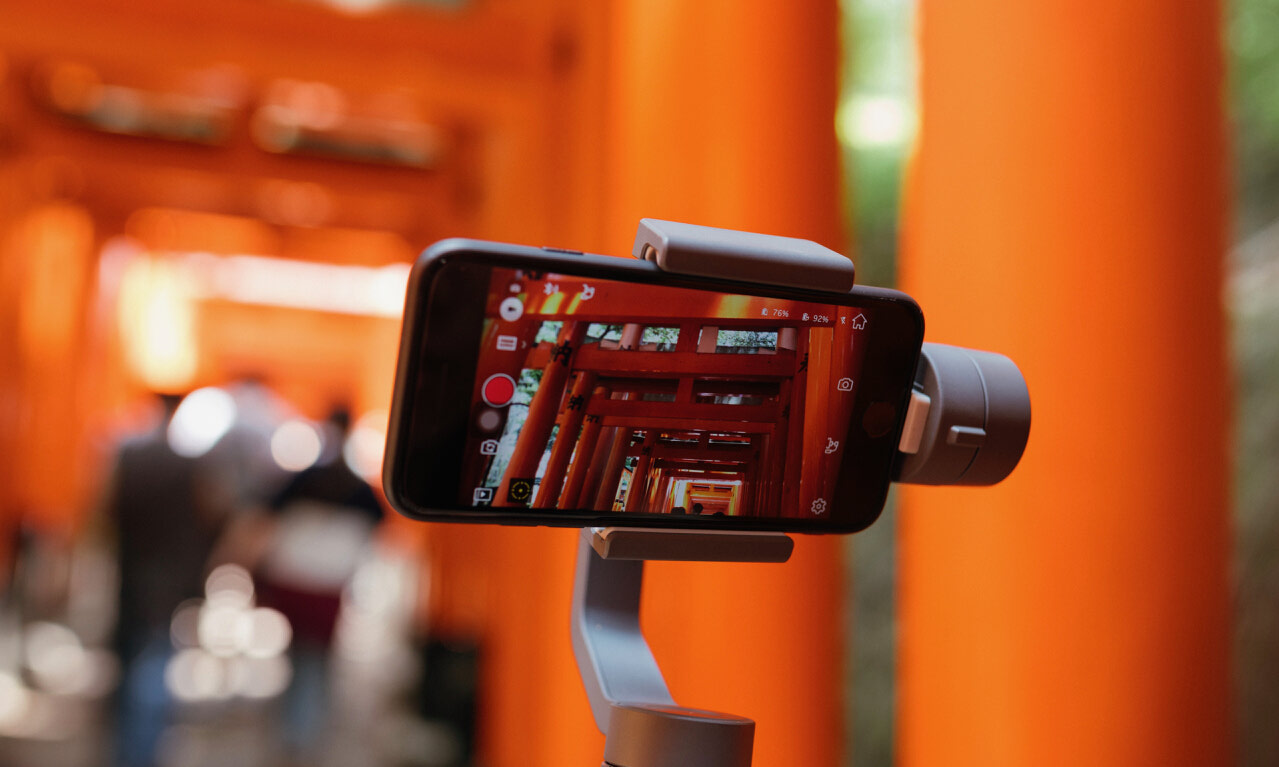Telling Your Story Better (On the Cheap)
It doesn't seem possible, but it was 40 years ago The Buggles released the catchy tune Video Killed the Radio Star. It became the first video shown on MTV in the US when it signed on in 1981.
As we all know, thanks to YouTube and social media platforms, video has exploded and 300 hours of new video are now uploaded to YouTube every minute. Video has become a great way for people and organizations to tell their story.
I've been using video for several years and am now working with clients to help them tell their story better by shooting, editing and uploading their own videos. It's not nearly as difficult as you would believe and here's why you should be using video.
A Different Way of Thinking
A few weeks ago, I was working with a municipality I’m consulting for and a senior administrator was lamenting the small turnout the town was getting for public open houses.
“We do all the work to advertise these events and set them up and sometimes we only get eight people showing up. It feels like such a waste of time” she told me and others at the meeting. I responded “Why do you care?”
She repeated her line about doing all that work for just eight people. I clarified my question by telling her I certainly understood her frustration, but suggested she and others working for the town look at the open house differently. I asked why they don’t look at it as an event that they can “cover” in social media similar to how the news media would cover it. I already knew the town had thousands of Facebook followers and suggested it should use the open house as not the end of public communication, but the beginning.
I suggested interviewing the key people at the open house about the event on video and putting together a story for their Facebook page, similar to a TV news report. If only eight people attend the open house it’s not a big deal,because thousands of others will get the information through the town’s Facebook page.
In other words, the communication to the public comes after the open house on Facebook, instead of at the event itself. It’s a different way of looking at it, but it works.
Using Video to Tell Your Story
If you agree with that communications approach, the question then becomes, how do we do this? Specially, how do we create video to put on Facebook, Instagram or YouTube to tell our story?
That’s actually the easy part. I know because I’ve been doing it for a few years.
It’s a combination of using your phone, a microphone and a video stabilizer unit.It’s the same approach I’ve taken doing media training for the past couple of years.
I use a video stabilizer called a DJI Osmo. You can buy one on Amazon now for as little as $129.99, which is far less than I paid for mine two years ago. It allows anyone to shoot really professional looking video. DJI’s hot new item is the Pocket Osmo, which costs a lot more, but could be well worth your investment too.
Here’s a photo taken of me doing a mock interview with Curtis Stange, now President and CEO of ATB Financial a couple of years ago at the bank’s executive retreat.

I was using an old iPhone 6 Plus with the DJI Osmo and a Rode microphone to do the media training for ATB Financial.
Another way to shoot great video is to use the same stabilizer and phone, but exchange the handheld mic for a lavalier or lav mic. That makes it even easier.
Here’s another example. I do work as social media consultant for the Electrical Contractors Association of Alberta (ECAA) and last year did a video for ECAA that was played at the STARS gala in Edmonton. Here’s a sample of some of that video.
That was shot using the DJI Osmo, the same iPhone and a $10 lav mic. I now have a better lav mic, but as the video shows, even a cheap one can do the trick. Notice how the people I’m interviewing are looking at me and not into the camera to give it a more professional look.
The Final Step
The video can be easily edited. I use Final Cut Pro, but even something like iMovie will work for simple editing. There are all kinds of free software editing programs too.
The formula is actually pretty simple. Build your following on social media sites and YouTube, shoot and edit your videos and then upload them to tell your story on social media, blogs and video blogs.
Don’t worry about perfection. Just get started, but keep two things in mind. Audio quality is really important and so is good lighting. That’s why a more expensive microphone is worth the investment. Always try to shoot in good lighting. Shooting outdoors works well if it’s not too windy or noisy. If you do shoot indoors, get some artificial lighting to make your subject look better.
Municipalities, associations, not-for-profits and private sector companies can all do a better job of telling their stories and video makes it real easy.
Decide what story you have to tell and how you're going to tell it - then do it.
Bonus:
If you've got the song stuck in your head, here's a link to The Buggles doing Video Killed the Radio Star. Was it really 40 years ago?


Commentary